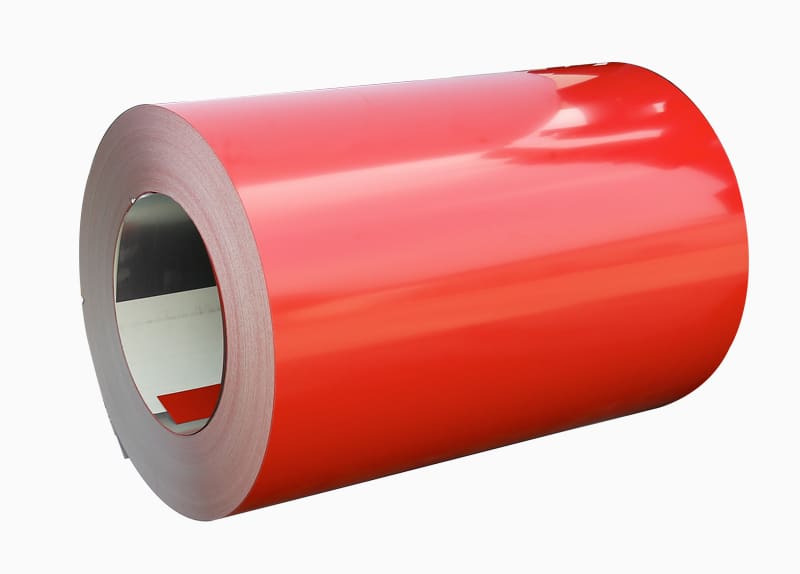Summary: When selecting the topcoat material and determining its thickness for PPGI (Pre-Painted Galvanized Iron) coils, it's cru...
When selecting the topcoat material and determining its thickness for PPGI (Pre-Painted Galvanized Iron) coils, it's crucial to consider the specific environmental conditions to which the PPGI will be exposed. Different environments present varying levels of risk and require tailored protection. Here are some examples of how environmental conditions can influence the selection of topcoat material and thickness:
Coastal or Marine Environments:
High Salt Exposure: Coastal areas are exposed to saltwater and salt air, which can be highly corrosive. In such environments, it's essential to choose topcoat materials with exceptional salt resistance, such as PVDF coatings. A thicker topcoat can provide an added layer of protection.
UV Radiation: Coastal regions often experience intense sunlight, so UV-resistant topcoats are beneficial for preventing color fading and maintaining corrosion resistance.
Industrial or Urban Areas:
Air Pollution: Urban and industrial areas may have higher levels of air pollution, which can contain corrosive substances. Resistant topcoat materials can help mitigate the effects of pollution on PPGI.
Chemical Exposure: Depending on the specific industrial processes nearby, PPGI in these areas may be exposed to chemicals. A topcoat with excellent chemical resistance is crucial.
High Humidity Environments:
Moisture Resistance: In humid regions, moisture in the air can accelerate corrosion.
PPGI coils exposed to high humidity levels should have topcoats that provide effective moisture resistance.
Extreme Temperatures:
Temperature Fluctuations: PPGI exposed to wide temperature fluctuations should have topcoat materials that can withstand thermal expansion and contraction without cracking or delamination.
Outdoor vs. Indoor Use:
Exposure to Weather: PPGI used outdoors, such as for roofing and cladding, is exposed to harsher weather conditions and requires more robust topcoat protection compared to indoor applications.
Chemical Contaminants:
Specific Chemicals: In some industrial settings, PPGI may be exposed to specific chemicals that can corrode the coating. Tailoring the topcoat to resist these chemicals is essential.
Aesthetic Considerations:
Color and Finish: The choice of topcoat material can also affect the color and finish of the PPGI. Ensuring that the selected topcoat can maintain its appearance in the given environment is important for both aesthetics and functionality.





